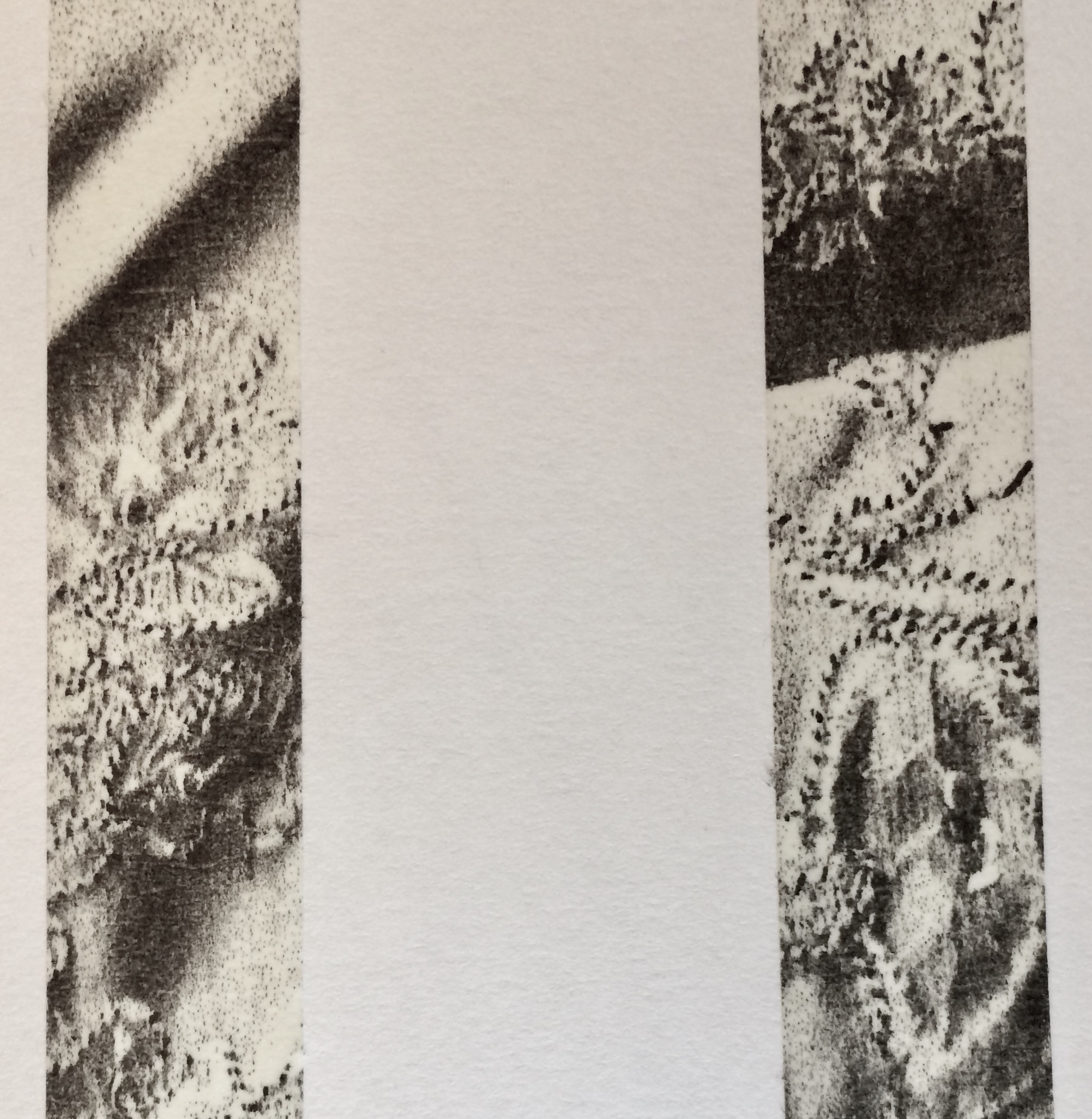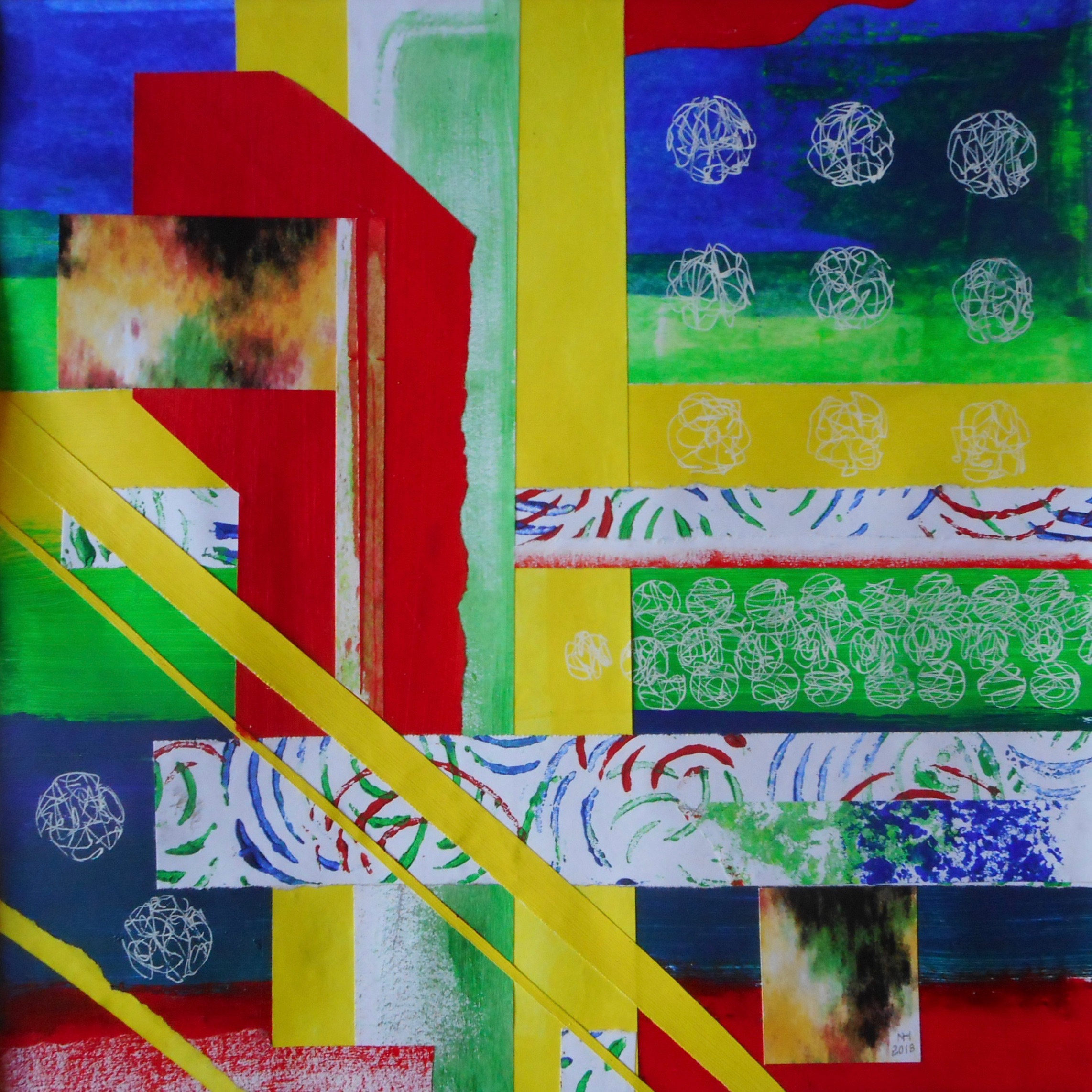About Collage
What is collage?
The word collage is derived from the French ‘coller’ meaning ‘to glue’. It is a process where an artwork is made from 2d/3d paper, fabric or objects, which are torn or cut, and then reformed by gluing to make something new.
Collage is often thought of as ‘modern art’ but it is a creative form that spans centuries. In 10th century Japan calligraphers applied glued paper, using texts on surfaces when writing poems. Medieval manuscripts were embellished with gemstones and gold leaf. In the 18th-century an elderly widow, Mary Delany became famous for her ‘paper mosaics’ of flowers. These were scientifically accurate collages of finely cut coloured paper, which can be seen in the British Museum.
It was in the early 20th century that the collage came into the mainstream of visual arts, The term was first used by Georges Braque and Pablo Picasso, who added papers and fabrics to canvases. The Surrealists developed the form further, cutting up images and rearranging. They adapted the childhood game of Consequences to become Exquisite Corpses. In the last decade of his life, Henri Matisse used scissors to transform gouache on paper into plants, animals, figures and shapes – images that became known as the cut-outs.
Collage is a medium that is open to many interpretations with paper and/or fabric, with found objects, or recycling previous works. It has many names including– decoupage, assemblage, and cubomania. Two renowned collage artists, Kurt Schwitters and Robert Rauschenberg, were the subject of major exhibitions at Tates Britain & Modern in 2013 & 2017 respectively.
An iconic collage of the 20th Century is the album cover for Sgt. Pepper’s Lonely Hearts Club Band, created by Sir Peter Blake & Jann Haworth.
BEAT 2019 Collage Artists
Sharon Walters (Venue 2+) is a Hanwell based artist whose current series ‘Seeing Ourselves’ explores identity, beauty standards and race through hand assembled collage. The pieces use magazines and photographs and are inspired by botanical, natural beauty and urban scenes and the beauty of natural afro hair. Each collage is a reaffirmation of the right to ‘take up space’ and be seen.
Sharon Walters
Rosa Osborne (Venue 64) incorporates collage into her figurative work.
Rosa Osborne
Kerry Kent (Venue 35) uses art to explore themes she feels passionate about. Her previous work includes film, animation and textile collage on the themes of isolation, transition from one state to another and deceptive appearances.
Kerry Kent
Jen Henley (Venue 11+) over time has acquired a large stash of printed/painted papers and fabrics and is now using these materials, as well as making new surfaces, to create collages, some incorporating calligraphic marks. She is attracted to textures, line & shape and works intuitively: A series of work, Respondings, was created from a response to painted marks on paper and building layers with printed/painted tissue. These will be exhibited at BEAT 2019.
Jen Henley
Nigel Herring (Venue 22+) centres his main art practice on collage and printmaking. It is his desire to express joy in colour, joy in making and joy in life. Born in Bristol, he studied architecture and then art history at Edinburgh University. For 30 years he was a museum curator and exhibition designer.
Nigel Herring
Links
Richmond College is offering a five week course on Creative Collage beginning 28 September 2019.




